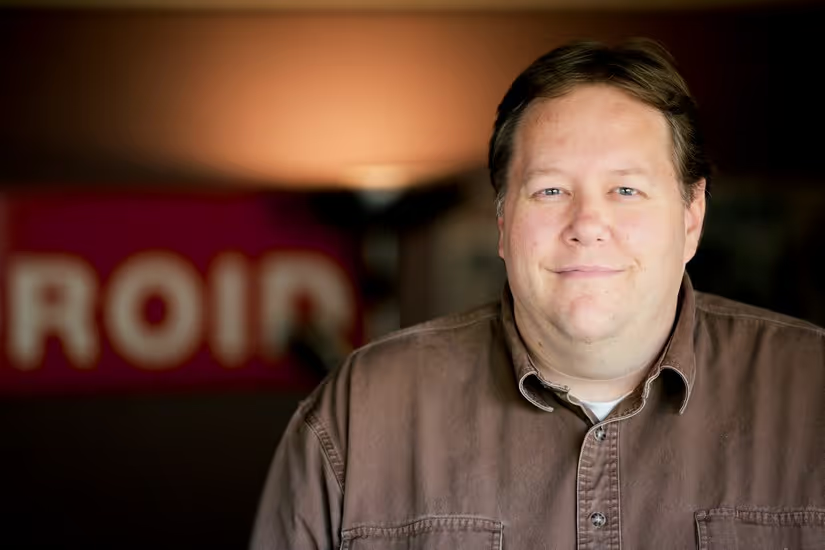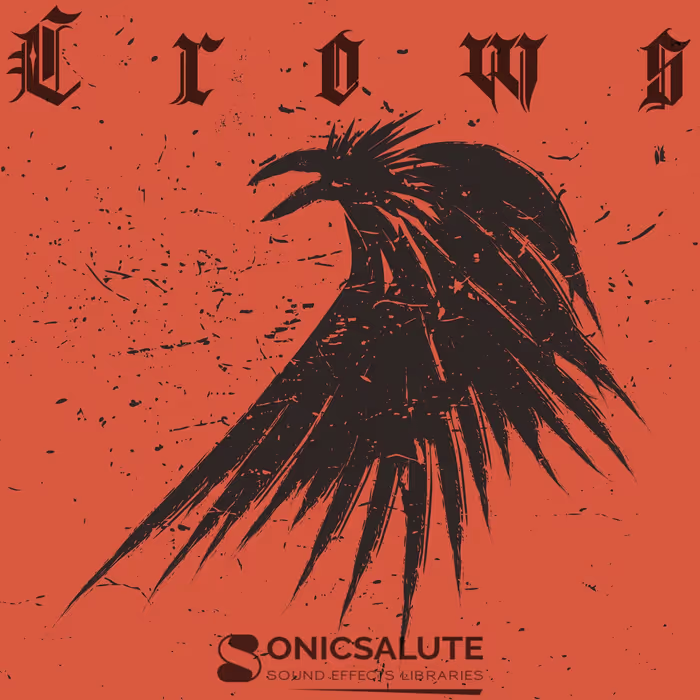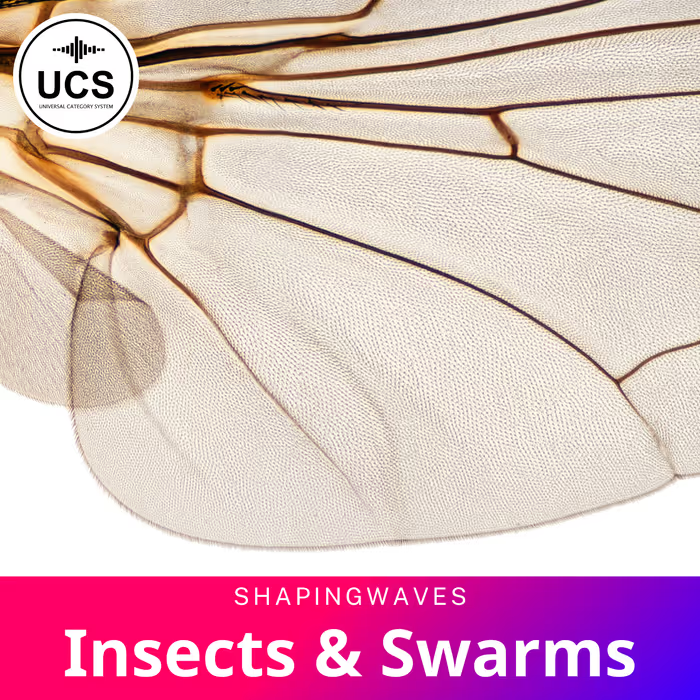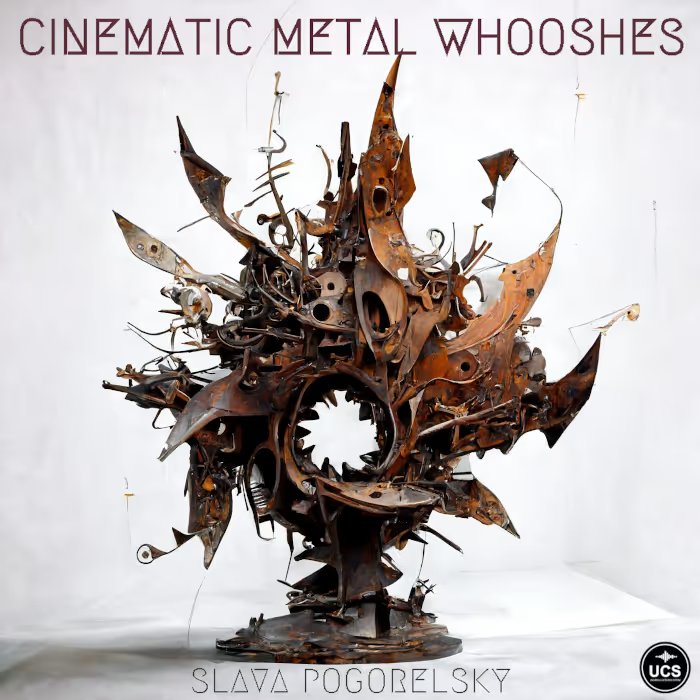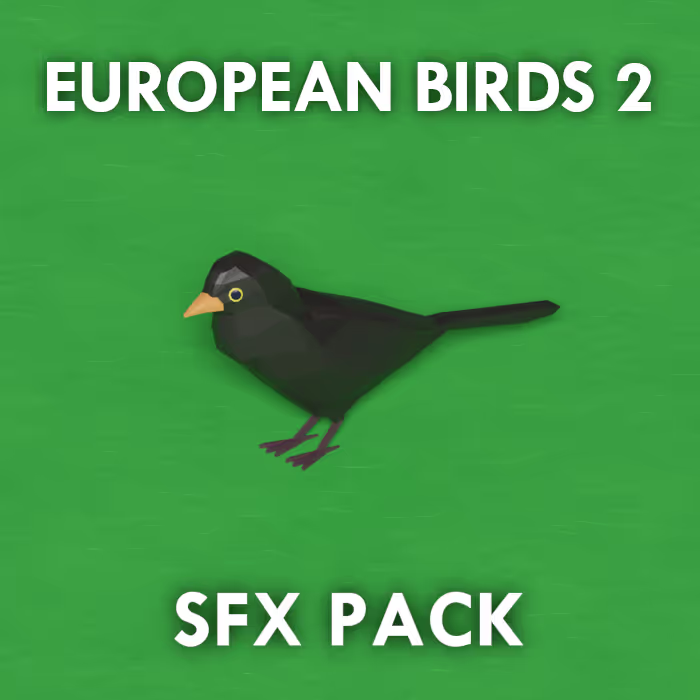DS: Hi Tim, thanks for agreeing to do an interview. Today I want to talk about the topic of “supervision” and what it means to be a supervising sound editor.
TN: Great, I suppose you’ll get a fair number of different answers, as there is quite a wide variety of “supervision”.
DS: How did you find your way into doing sound and more specifically, sound for film?
TN: I was a graduate student at USC in Los Angeles. I had never given sound a second thought. I’m not particularly musical, I don’t play any instruments really. I wanted to be a cinematographer, I thought. But while at school, Gary Rydstrom came and did a lecture, and held a screening of Toy Story, that had just came out. Immediately I was drawn to the power and imagination of sound. That summer I applied for, and was accepted as, Skywalker’s first official intern. That lead to a job as a supervising assistant fairly quickly after graduation.
DS: How did you progress from being a sound editor to being a supervising sound editor?
TN: My first supervising job was Journey to the Center of the Earth 3D. The post production supervisor that we worked with in New Zealand on Lord of the Rings, and who became a friend, asked me to help out on that film, heading up to Vancouver and taking over the Supervisor duties. After that it was a mix of some supervising and editing back and forth for a few years before most of my work became supervising and sound design.
We’ve had the pleasure of speaking with Tim about a number of the projects he’s worked on – check out the interviews below:
• Go behind The Dark Crystal: Age of Resistance’s fantastical, magical sound – with Skywalker Sound’s Tim Nielsen
• How Tim Nielsen & Team Made Moana / Vaiana Sound So Good
• The story behind Tim Nielsen’s brilliant sound design for The Little Prince
• Tim Nielsen releases unique new Yellowstone SFX library – here’s how he made it
DS: What percentage of your time on a project is spent dealing with clients, administrative work like hiring people and dealing with budgets, and creative work such as sound design or cutting sound effects?
I would say the workload is probably something like 80% creative and 20% administrative for me. But there are of course some shows that tend to flip that ratio!
TN: It can vary quite a bit from show to show. Often I’ll have a co-supervisor, and often that person will handle quite a bit of that job as well. But a fair amount. The hiring doesn’t take long, we crew up the film as soon as we are able, once we have a schedule. Once the show is up and running, I would say the workload is probably something like 80% creative and 20% administrative for me. But there are of course some shows that tend to flip that ratio!
DS: How do you set up a schedule?
TN: We always work backwards from the release, and therefore the end of the deliverables and final mix. We’ll compare the budgets of other shows we feel are in the same family. So if we’re scheduling an animated movie, we might look at other animated shows we’ve done. Often the client will have a budget already in mind, and we’ll use those numbers to figure out how much time we can break that down into for various crew members and departments. But it’s always timed up to the release date. And often the clients already have a rough schedule in mind, there may be temp mixes, or early needs for the picture department.
DS: How do you know how many weeks is enough time? Does the company help you with that?
TN: Well it’s always really an educated guess. We’ll try and read the script at least. But we never really know for sure. But with 20 years experience you get a pretty good gut instinct of what a given show will take.
[tweet_box]Film sound veteran Tim Nielsen shares insight on supervising a film[/tweet_box]
DS: Do you find the work or does the company assign clients to you?
TN: A mixture of both. I have some relationships with clients and companies, and also the company is always looking for projects to bring in. Rarely, but sometimes we’ll interview for jobs. It’s really quite a mix of all of the above.
DS: How did you find your team? Word of mouth? Assigned by the company?
TN: As the supervisor, it’s really up to me to hire who I want, crew is never assigned. I have a regular group of people that I tend to work with, but we’re a small enough company that I know everyone in the company as well. When putting a show together it’s a blend of your regulars, and if schedules don’t allow, then it’s finding out who is available and picking the people you feel are the most right for the job.
DS: How often do you check in on the progress of your team members?
TN: Constantly. We all meet at least once a week, often on Monday mornings for a debrief about the coming week, make sure everyone knows what everyone is doing. Technologies like instant messaging allow fairly constant communication. We usually have lunch together, or at least some group of us. So that constant communication is really vital to a well run show. Everyone needs to know what I’m doing, and vice versa.
DS: How much do you interact with the picture department?
TN: Quite regularly. They are often asking for sound effects, and we like to get as much in front of them, and into the Avid early on, as possible. We need that feedback before we hit the final mix stage, especially for special sound design. And if we do temp mixes, those mixes are usually loaded into the Avid, which allows the filmmakers to live with our sounds a bit, and give valuable feedback. And as time with the director can often be difficult to get, the picture editor is the one we’ll interact with more.
DS: How do you negotiate a budget?
TN: Like one would negotiate anything else, with back and forth communication with the client. It’s not in their best interest for us to take on a project we know isn’t funded enough for us to do the quality of work that is expected of us. I’ve found myself from time to time, having to turn down projects, simply because I didn’t believe I could do the project justice. But we get creative, find new solutions and workflows, and do our best to work with our clients to find the appropriate budget for the project and the expectations.
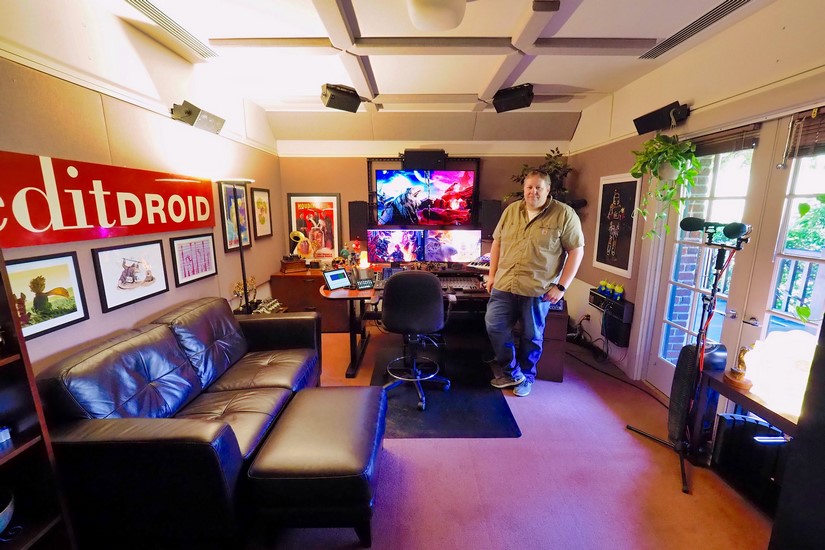
DS: How do you plan out the overall sound of a film?
TN: First is just to watch it without taking notes, without thinking about it. I need that first impression of the project. Is the film working? What is the film about? Forgetting sound, but just to get my head wrapped around the project. Then a second viewing taking notes, things that I have questions about, things that seem clear from the project that will dictate sound requirements. List of things we’ll need to record or design. Sort of a roadmap through the sound of the film. At that point I’ll be thinking about which scenes and reels a certain editor might be best suited for, which things I want to tackle directly myself. And then we’ll have a sound spotting session with the director, picture editor and sometimes a producer or two. That’s where they will convey their wishes about the sound, their ideas or concerns. That conversation can be in vary basic and wide terms, or very focused, depending on the clients, and how far along they are in the picture edit. Occasionally, and this should happen more, we’ll have a script before shooting, or during, so we can be thinking about the film even that early on. But once the project starts, it’s a constant juggling of resources, time, money… we’ll adapt often to the needs of the film, and so there is a never a plan at the very beginning that isn’t constantly modifying itself as we go along.
DS: How do you assign people on your team to different jobs or specific sounds? Are you more inclined to give them a reel or are you more inclined to assign a specific subject to cut?
TN: Editors working with me always are given reels. I feel like it’s very important that a single voice be in charge of a larger piece of the movie in that way. Of course I may also have them doing specific scenes, but I want them to have that overall say in their work too. I may take a few specific things within that reel, but mostly it’s theirs to cut. We’ll sit and spot it together, I’ll make clear what things I’ll be doing, or what sounds I intend to make, and then it’s just quite a bit of back and forth. But I always allow them their own first pass. I want to hear their ideas, often they have ideas that surprise me and things that I didn’t think about. After that first pass, we’ll do a lot of back and forth as we hone and polish the reel to what the film needs, and what the clients are expecting.
DS: How much input do you give on the mix? Or do you leave it largely to the re-recording mixer and director?
My job doesn’t end with the mix, my job ends once the mix is delivered.
TN: A lot of input. If it’s something these days that I’m not mixing, I’m still present in the room the entire mix, and I always have ideas and suggestions and questions. That’s my job. My job doesn’t end with the mix, my job ends once the mix is delivered. But my job as the supervising sound editor continues all through the mix, and it’s very important to me to be there. I love the collaboration with the mixers, they bring to it their expertise and experiences. But I would never just sit back and not be involved. By the time we hit the mix, I’ve often been on the project for months, and I have a very good idea of how it should sound, how the clients are expecting it to sound, etc.
DS: What’s the difference in supervising TV and film? Do you have a different approach?
TN: There isn’t really any difference in the larger picture. Budgets are smaller and schedules are tighter. Crews are smaller. You have to sometimes get a bit creative and inventive to figure out how to make the money stretch as far as it will go. But it’s still storytelling, and there are still schedules and budgets and clients and all the rest. So really there isn’t that much difference.
DS: Do you have anything else that you’d like to add?
TN: I think your questions really covered it all!
Thank you Tim Nielsen for sharing some insight into the world of sound supervision.
You can find Tim Nielsen on IMDb here, on Twitter here, and at Skywalker Sound here.

